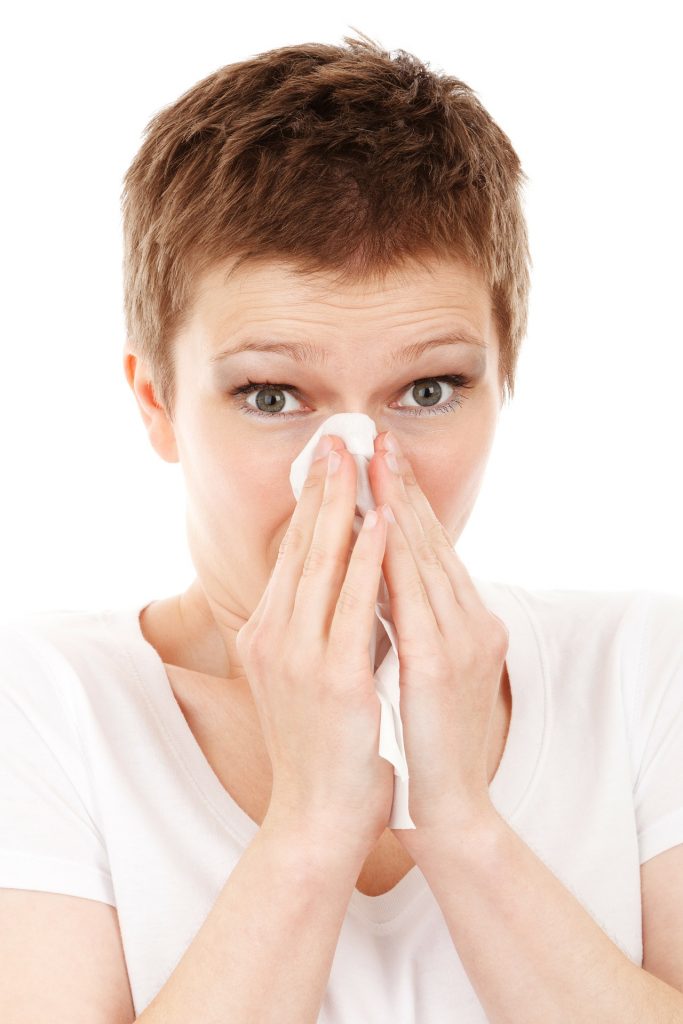Custom Protect Ear (CPE) funds a home for a Cambodian family through the World Housing Initiative
Surrey, British Columbia, Canada July 11th, 2016
Custom Protect Ear (CPE) reaches out to a struggling family in Phnom-Penh to provide a home for the family of six to live in. Through the humanitarian organization of World Housing with their mission of “A home for everyone”, CPE Chairman, Jeffrey Goldberg and President Howard Raphael at CPE contributed $5,000.00 to build the home that now provides security and stability for Sam and his family.
Sam, his wife and 4 children moved from their village to Phnom-Penh so the children could have access to education. Selling coconuts and then cane juice to earn a living did not provide enough income for a home. Unable to pay rent they slept at the Pagoda. Now with a place for their children to sleep protected from mosquitoes and a place for them to study, Sam’s dreams for a better life for his family are beginning to unfold.
About World Housing:
World Housing helps provide homes for families living in slums around the world. In the city of Phnom Penh, Cambodia in just 2 short years more than 360 homes housing more than 1800 people have been built for families in need. With help from Private and Corporate funding like CPE, World Housing is able to provide homes for these impoverished families.
CPE through their dB Cares Foundation helps causes and charities.




 canal congestion.
canal congestion. The dB Blocker™ Classic Intercanal Vented hearing protection device by CPE PEUS may be an answer to those who need to improve hearing. Vented Intercanals were designed for persons who need to converse and work in and out of noise. This hearing protector (earplug) enhances conversation with other workers in a noisy workplace and could be used to enhance hearing with the inner ear concerns of allergy responses.
The dB Blocker™ Classic Intercanal Vented hearing protection device by CPE PEUS may be an answer to those who need to improve hearing. Vented Intercanals were designed for persons who need to converse and work in and out of noise. This hearing protector (earplug) enhances conversation with other workers in a noisy workplace and could be used to enhance hearing with the inner ear concerns of allergy responses. 





 Recently we were approached by a local elementary teacher with a very special request. One of her students was a 10 year old autistic girl who was being integrated into the public school system. But her hypersensitivity to noise, prevented her from participating in normal school activities like assemblies and performances. She even found the typically noisy classroom environment unbearable. Determined to find a solution, her teacher approached Custom Protect Ear to see if there was anything we could do to help.
Recently we were approached by a local elementary teacher with a very special request. One of her students was a 10 year old autistic girl who was being integrated into the public school system. But her hypersensitivity to noise, prevented her from participating in normal school activities like assemblies and performances. She even found the typically noisy classroom environment unbearable. Determined to find a solution, her teacher approached Custom Protect Ear to see if there was anything we could do to help. Brad’s gentle manner and persistent coaxing ultimately resulted in getting the child to relax long enough to get a good impression. Then we went to work making her a set of custom dB Blockers.
Brad’s gentle manner and persistent coaxing ultimately resulted in getting the child to relax long enough to get a good impression. Then we went to work making her a set of custom dB Blockers.